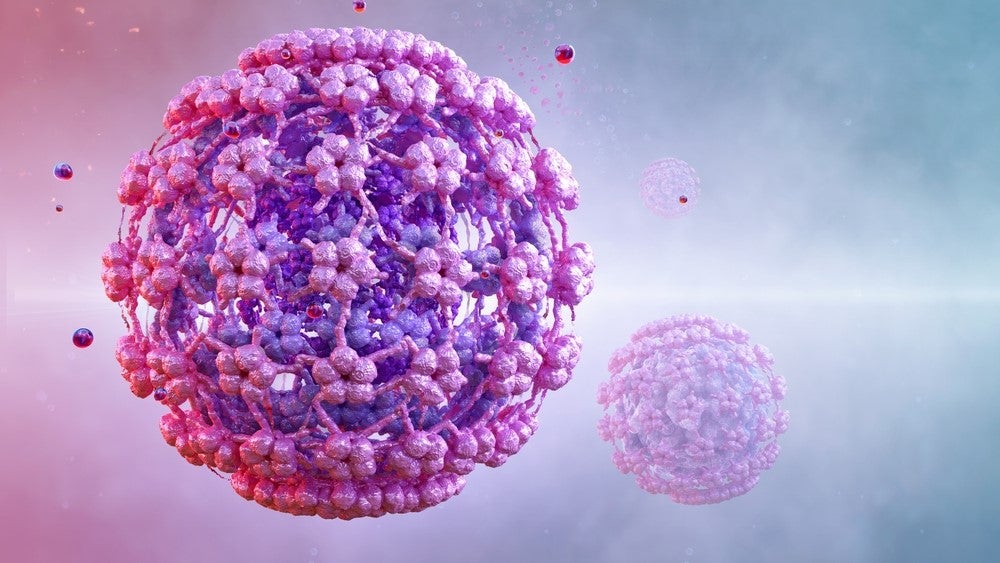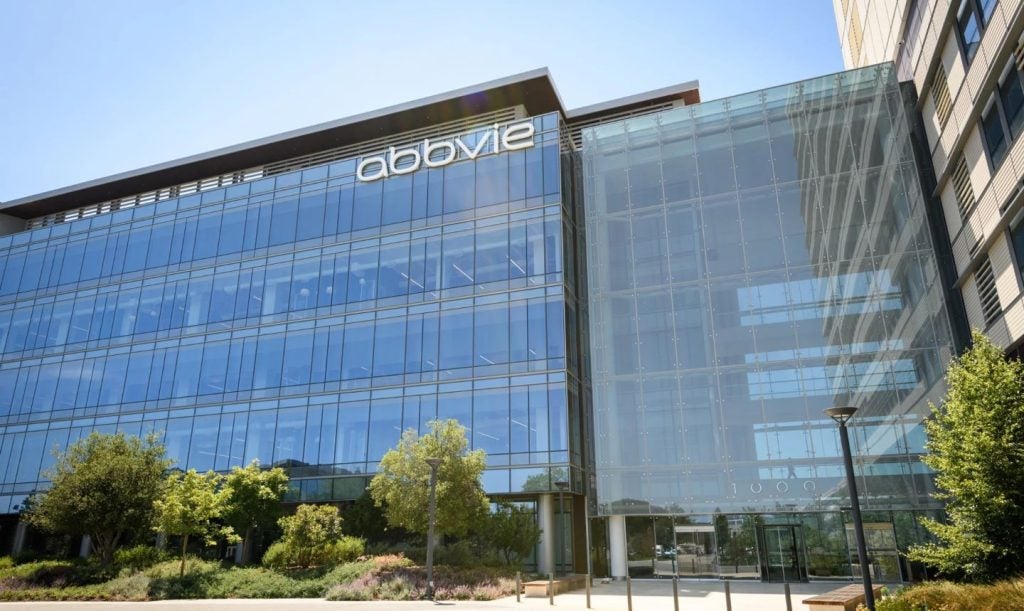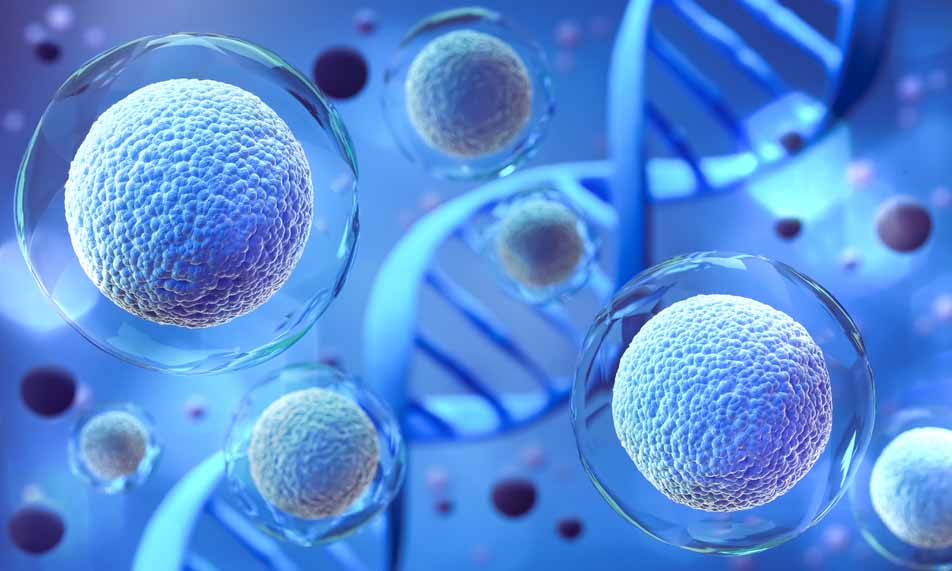Intravenous alteplase, marketed by Genentech under the brand name Activase in the US, is the only FDA-approved thrombolytic drug for the treatment of acute ischemic stroke (AIS).
Despite an extended recommended therapeutic time window from three hours to 4.5 hours, only a minority of AIS patients are eligible and many do not recover completely, or die. Although surgical and mechanical approaches have further improved thrombolytic technologies, there remains a significant need for the development of additional therapies to minimize disability associated with AIS.
Activase is a tissue-type plasminogen activator (t-PA), approved by the FDA in 1996 for AIS, which facilitates clot-busting mechanisms, restoring blood supply to the affected brain tissue.
To date, Activase remains the unbeatable, gold-standard first-line therapy for the treatment of AIS. Although the benefit of Activase in improving neurological recovery and reducing the incidence of disability in AIS patients is well established, eligibility rates remain low, between 6% and 8%, due to the extensive exclusion criteria associated with its administration. Although treatment rates between hospitals can vary, this leaves the majority of AIS patients without this medication across the US.
The most common exclusion for Activase eligibility is associated with delays in presentation to medical emergency, which can be further aggravated by hospital-related delays from arrival to treatment. Studies showed that only about 22–31% of AIS patients present to the emergency department within three hours, while no average benefit beyond 4.5 hours from time of onset is associated with Activase treatment.
Furthermore, a large proportion of t-PA treated patients are discharged with disability, which creates further healthcare cost and loss of productivity.
How well do you really know your competitors?
Access the most comprehensive Company Profiles on the market, powered by GlobalData. Save hours of research. Gain competitive edge.

Thank you!
Your download email will arrive shortly
Not ready to buy yet? Download a free sample
We are confident about the unique quality of our Company Profiles. However, we want you to make the most beneficial decision for your business, so we offer a free sample that you can download by submitting the below form
By GlobalDataHigh medical unmet need exists for neuroprotective and neuroregenerative therapies that could interrupt the cascade of cell injury leading to infarction (death of brain cells). Neuroprotective agents in the late-stage pipeline for the treatment of AIS include NoNO’s NA-1, Biogen’s glyburide, and Biogen’s multiple sclerosis drug, natalizumab (Tysabri).
Natalizumab is a CD49 antibody that targets alpha 4-integrin with the aim of reducing leukocyte invasion. Post-ischemic inflammation can exacerbate neuronal damage and increase infarct volume after stroke. The first Phase II trial of natalizumab (ACTION) failed to demonstrate reduction in infarct growth; however, it showed treatment-associated benefits on functional outcomes.
Instead of magnetic resonance imaging (MRI) of infarct size, therefore, Biogen is investigating functional outcomes in patients with AIS in natalizumab’s second Phase II trial (ACTION2) in an effort to confirm natalizumab’s neuroprotectant role in ischemic stroke. This trial is expected to reach completion next month.








Related Company Profiles
Biogen Inc
Genentech USA Inc
AIS Ltd.